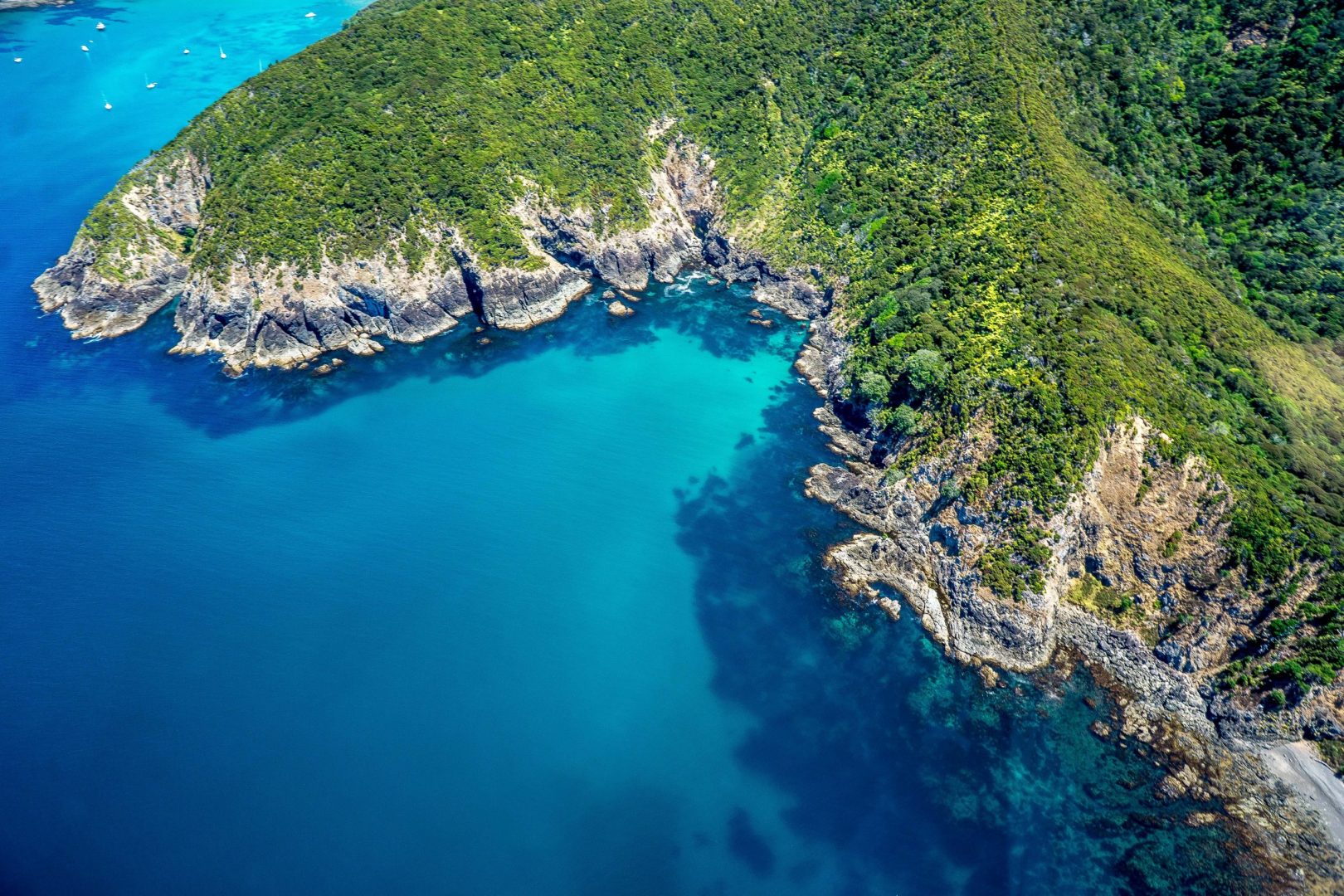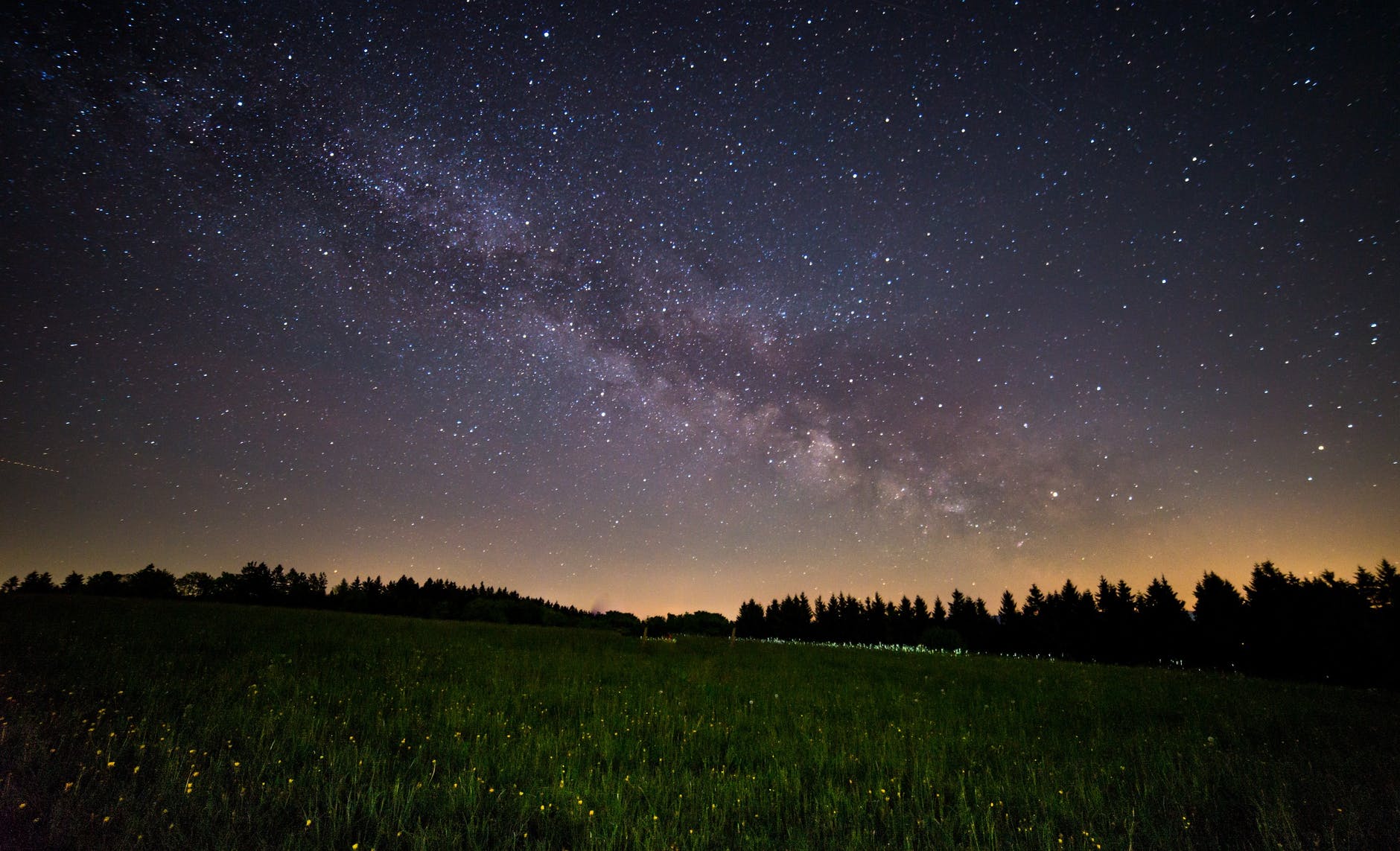Recent data reveals a drop in the number of illegally harvested pāua (a type of shellfish) from the coastlines of Wellington, New Zealand. This information, provided by Fisheries New Zealand, details the number of related offenses over the past eight years.
From July 2015 to June 2016, there were 112 offenses linked to pāua. This number decreased to 52 offenses during the same period in 2022/23. The year with the highest number of offenses was 2016/17, with 114 recorded.
Fisheries New Zealand attributes this decline to the effects of the Covid-19 pandemic and increased access to information about seafood harvesting rules through technology like apps. Steve Ham, the Fisheries compliance director, noted a growing public concern about the environmental impacts of poaching.
Ham highlighted the popularity of the fishing app, which has seen a significant increase in downloads. He also mentioned that fisheries officers will be a common sight near the coast this summer, with around 200 honorary fishery officers patrolling popular fishing spots and boat ramps.
In the Wellington region, areas like Eastbourne, Porirua, and Makara are popular with both divers and the public. Ham advised that anyone diving should understand the rules to avoid taking an illegal catch.
In September, the daily recreational limit for pāua was reduced to five per fisher in the lower and central North Island. To report pāua poaching, individuals can call or email the provided contact details.




























































